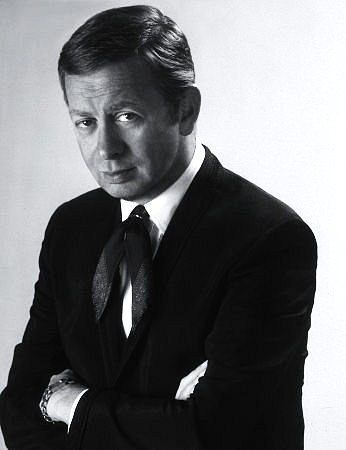Melvin Howard Torme (1925-1999), was born to Russian Jewish immigrants whose parents’ names were Torma and Melvin Howard Torme. He was a child prodigy and he sang his first professional song at age 4 with the Coon-Sanders Orchestra singing “You’re Driving Me Crazy” at Chicago’s Blackhawk. 1933-1941, he was a part of the radio serials “The Romance of Helen Trent”, and “Jack Armstrong the All-American Boy.” At 13 he wrote his first song. Three years later, “Lament to Love”, his first recorded song, became a hit for Harry James. In his teens, he played drums for Chicago’s Shakespeare Elementary School bugle and drum corps. As a teenager, he sang and arranged songs, and played drums with Chico Marx, of the Marx Brothers. After graduating from Chicago’s Hyde Park High School, his formal education was over. Torme’s movie debut was in Frank Sinatra’s 1943 musical, “Higher and Higher”. He continued to act and sing in many films and TV episodes throughout his career. In 1951, he even hosted his own television program. He was a teenager idol after his appearance in “Good News”, a 1947 film musical. He toured with and sang with George Shearing Quartet in the final years of his career, often joining in on the drums for a few numbers in a set. It was a memorable evening to hear these two accomplished jazz musicians. He also founded the vocal group “Mel Torme u0026 His Mel-Tones” that year, modeled after Frank Sinatra’s and the Pied Pipers. The Mel-Tones, Les Baxter, Ginny O’Connor and Ginny O’Connor had many hits, both with Artie Shaw’s band, and their own, including Cole Porter’s “What is This Thing Called Love?” The Mel-Tones were one of the first jazz-influenced vocal group, following a similar path by The Hi-Los and The Four Freshmen. Torme left the group in 1947 to go solo. Fred Robbins, a local DJ, gave Torme the nickname “The Velvet Fog” for his singing at New York’s Copacabana. This was to honor his smooth vocal style and high tenor. However, Torme hated the nickname. He recorded many romantic hits as a solo artist for Decca (1945), as well as with the Artie Shaw Orchestra (1946-1948). He moved to Capitol Records in 1949 and his first album, “Careless Hands”, became his number one hit. His renditions of “Again”, “Blue Moon” and other songs became his signature tunes. Capitol’s first 12-inch LP was his composition of “California Suite”, prompted by Gordon Jenkins’s “Manhattan Tower”. He was a pioneer of cool jazz around this time. From 1955 to 1957 Torme recorded seven jazz vocal albums with Red Clyde’s Bethlehem Records. All were with Marty Paich’s groups, including “Mel Torme and the Marty Paich Dektette”. These recordings were a major milestone for Torme as well as for Paich, who was a leader in West coast jazz at the time. Rock was the new era.
